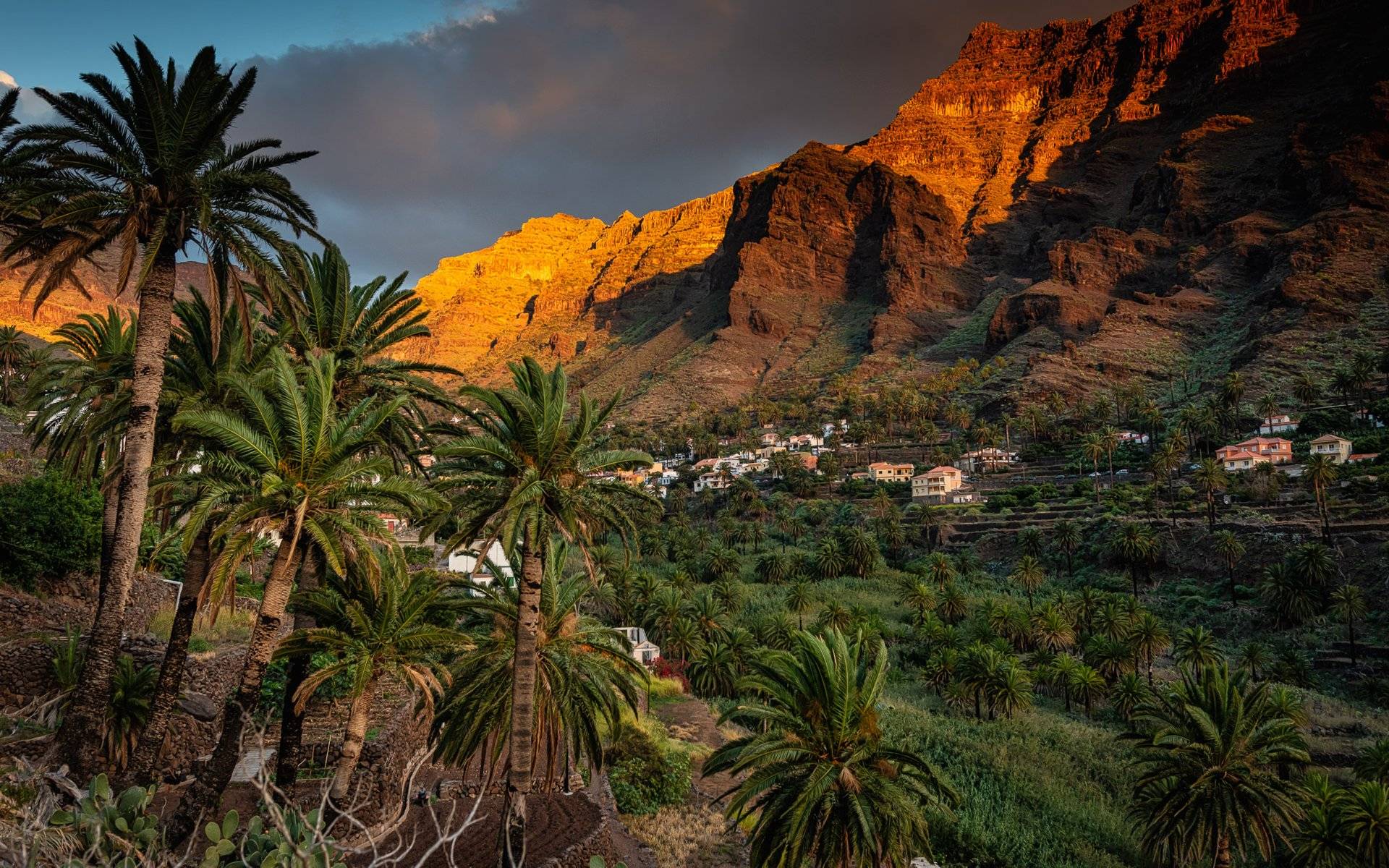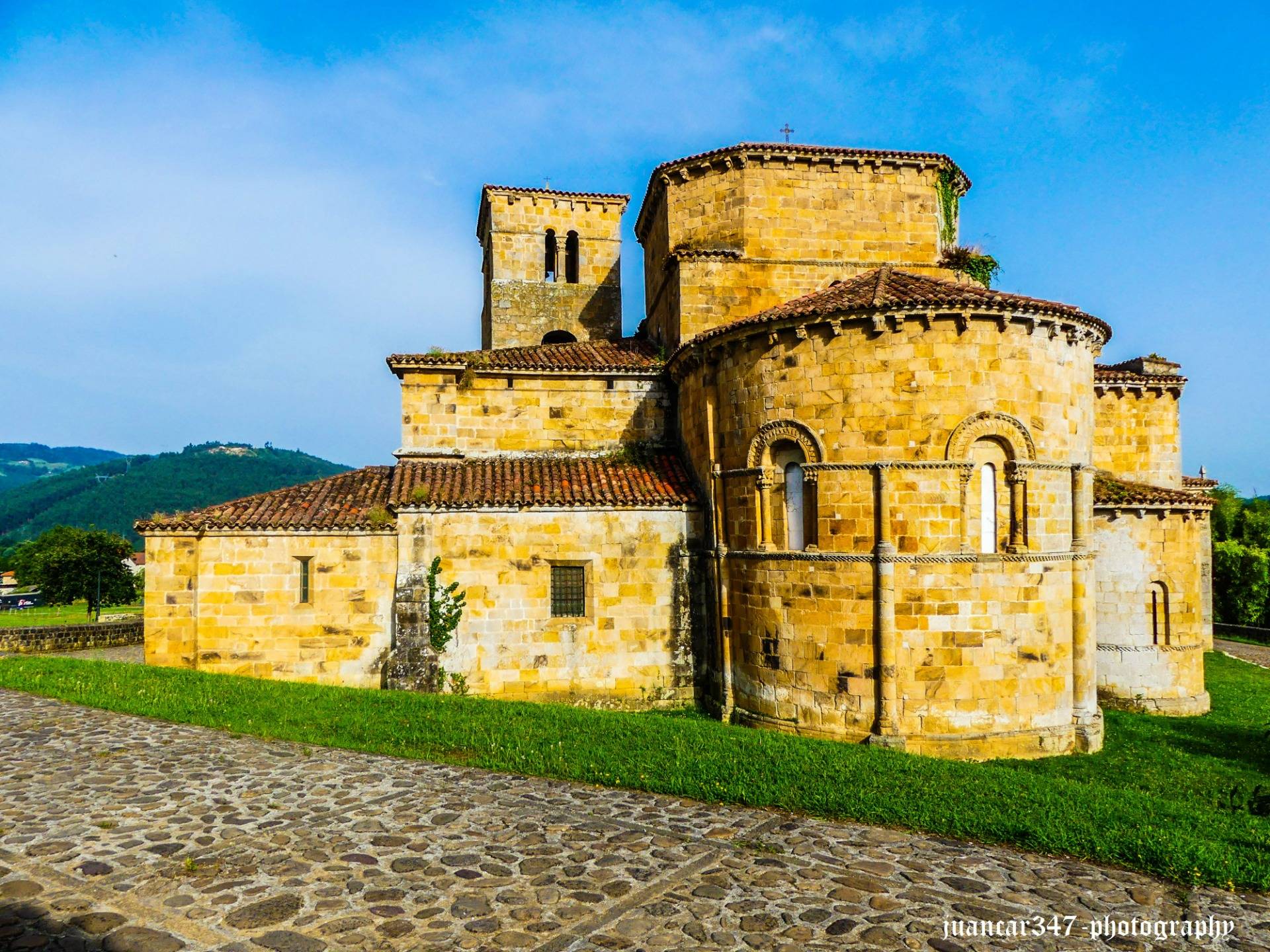
When it comes to travel, adventure and, above all, Romanesque architecture and without detracting from the portentous heritage legacy, we can say that, in Cantabria, it is immensely enriched by a priceless treasure, such as its four formidable Collegiate Churches: that of San Pedro de Cervatos, that of San Martín de Elines, that of Santa Juliana, in Santillana del Mar and that of Santa Cruz de Castaneda.
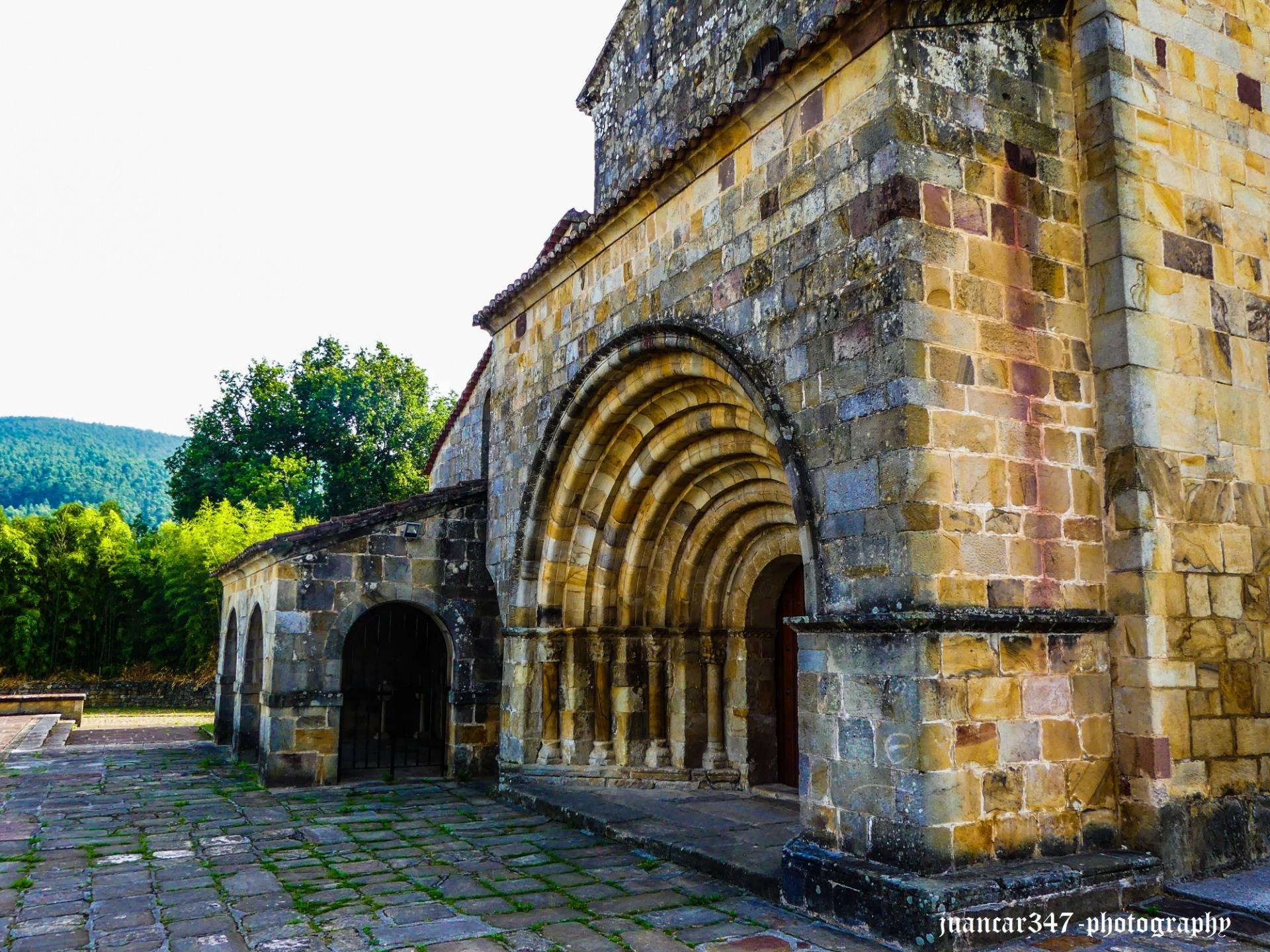
Socobio and by default, the Collegiate Church of Santa Cruz, are located in an environment that, if it had not been constantly altered by the indiscriminate hand of man over the centuries, would have been as exuberant as it was impenetrable: the fertile plain of the river Pisueña, which, in turn, is located on the side of two imposing mountain ranges, such as Caballar and Carceña.

Fortunately separated from the houses of the town of Socobio and from the urban challenge of new residential projects that break a good part of the ancestral charm, that of Santa Cruz, is a Collegiate Church of Romanesque origin, which, despite preserving a small fragment of the Vera Cruz -perhaps it is opportune to remember, in this regard, that the largest fragment of the Holy Wood on which Jesus Christ was crucified and, in addition, also the largest fragment of Christianity, is kept relatively close, in the monastery of Santo Toribio de Liébana, in the heart of the Picos de Europa- which, however, did not prevent a good part of the historical documentation from being lost, in a series of successive and one could say, mysterious fires.
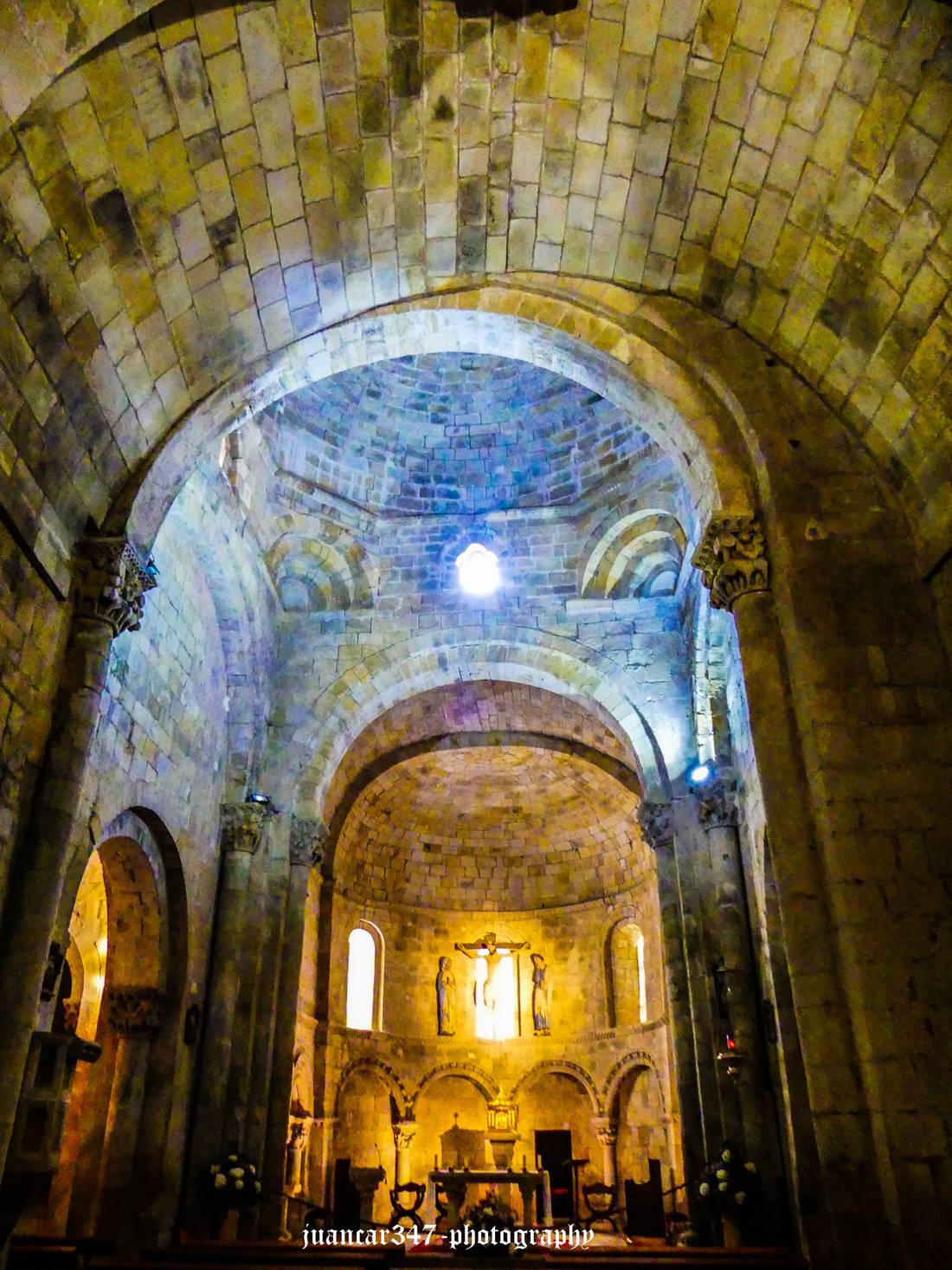
But against great evils, great remedies and in that blessed optimism, we can argue that the main thing is preserved, which is nothing other than that wonderful proportion of stones masterfully assembled, which constitute the singular architecture of an era, of a faith and of some motivations, who still has many things to tell.
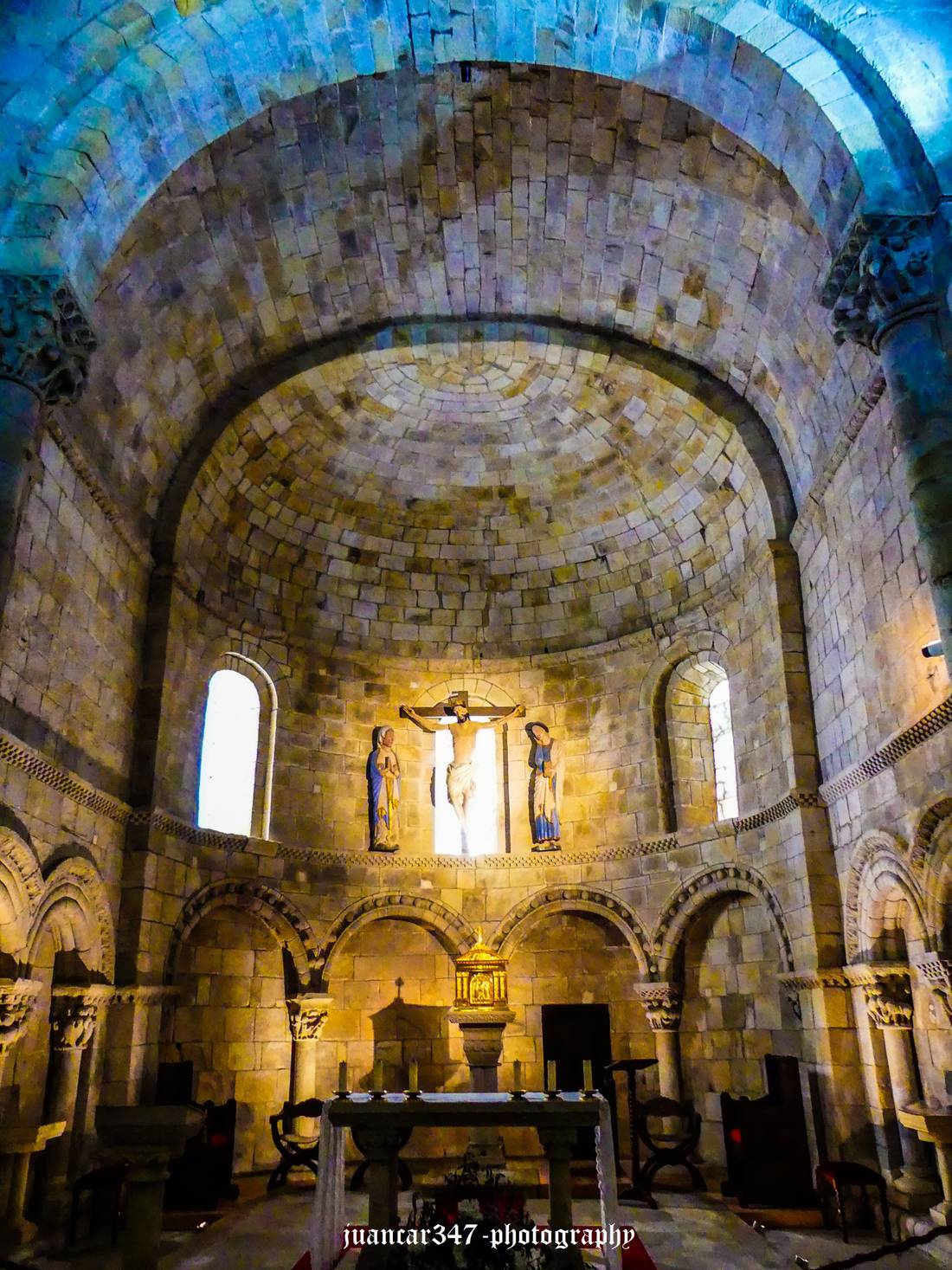
Among them and by a fortunate reference located in a cartulary preserved in Santoña -a coastal town, located approximately 40 kilometers away and famous for its beautiful marshes and its exceptional salted fish- we know of its existence, at least, in the year 1092 -which it is said soon - being one of its first abbots, a certain Ioannes or Juan.
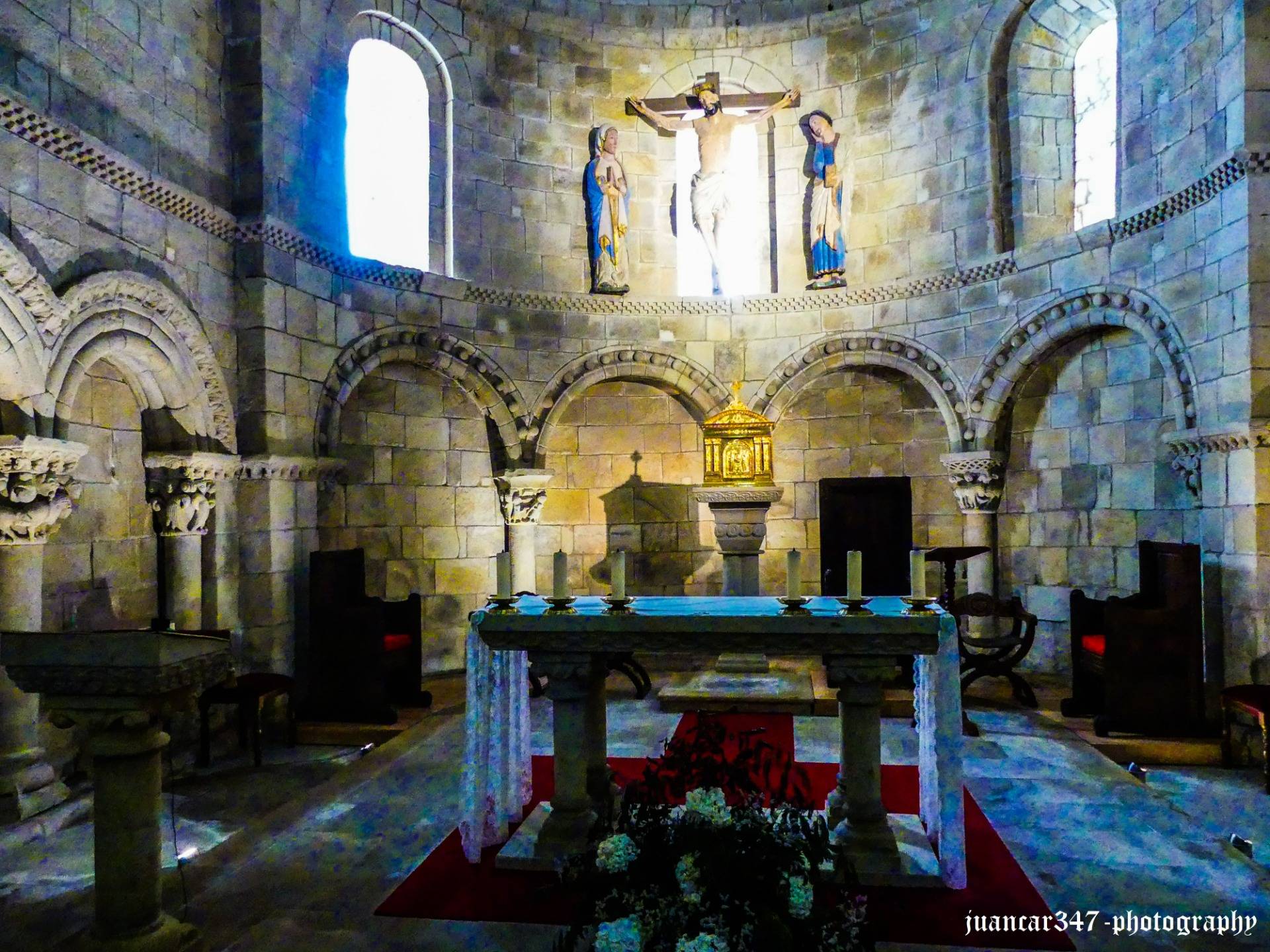
Declared a National Monument in 1930 -when the Spanish bureaucracy was still unable to stop the underground and indiscriminate traffic of a large part of the historical, artistic and cultural heritage- this superb temple draws attention for numerous details, which, according to According to some historians, they do not seem to be very common in the Romanesque architecture of Cantabria and neither in that of neighboring Castile.

Among them, it stands out, due to its bulk, its flared doorway and its nave, equipped with a central dome -in the manner of the ancient Visigothic basilicas- as well as its three apses, of which the one on the left was demolished in the 17th century. , to raise the chapel of an Indian; that is, of a townsman, who made a great fortune in America and returned to his native land, to be buried here as a potentate.
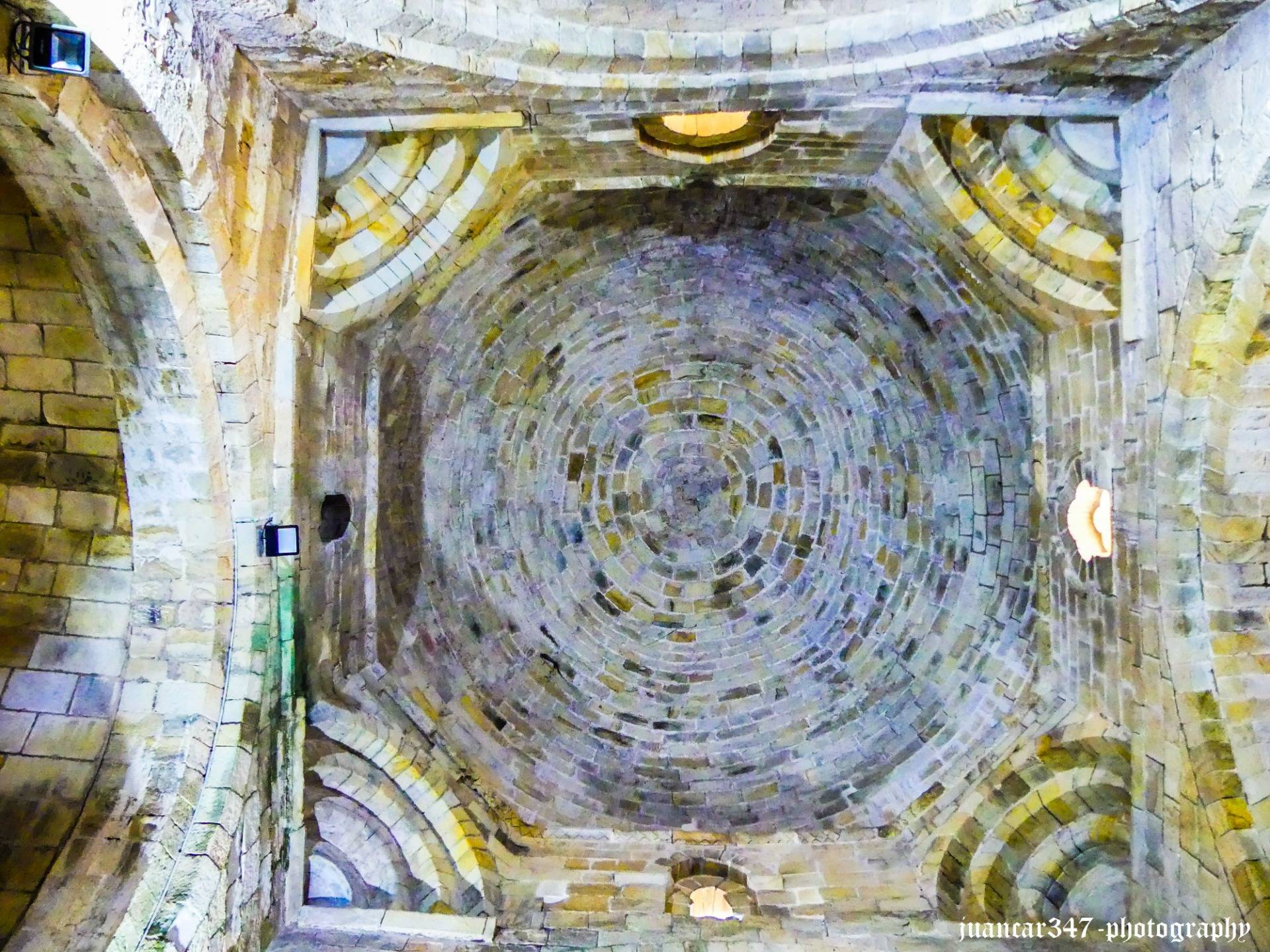
Inside, despite the overload of typically Baroque altarpieces and furniture, which break, to a large extent, not only the sober original harmony, but also the original sound, it is worth standing near the altar and raising your head towards high up, to see the excellent masonry work done inside the dome.
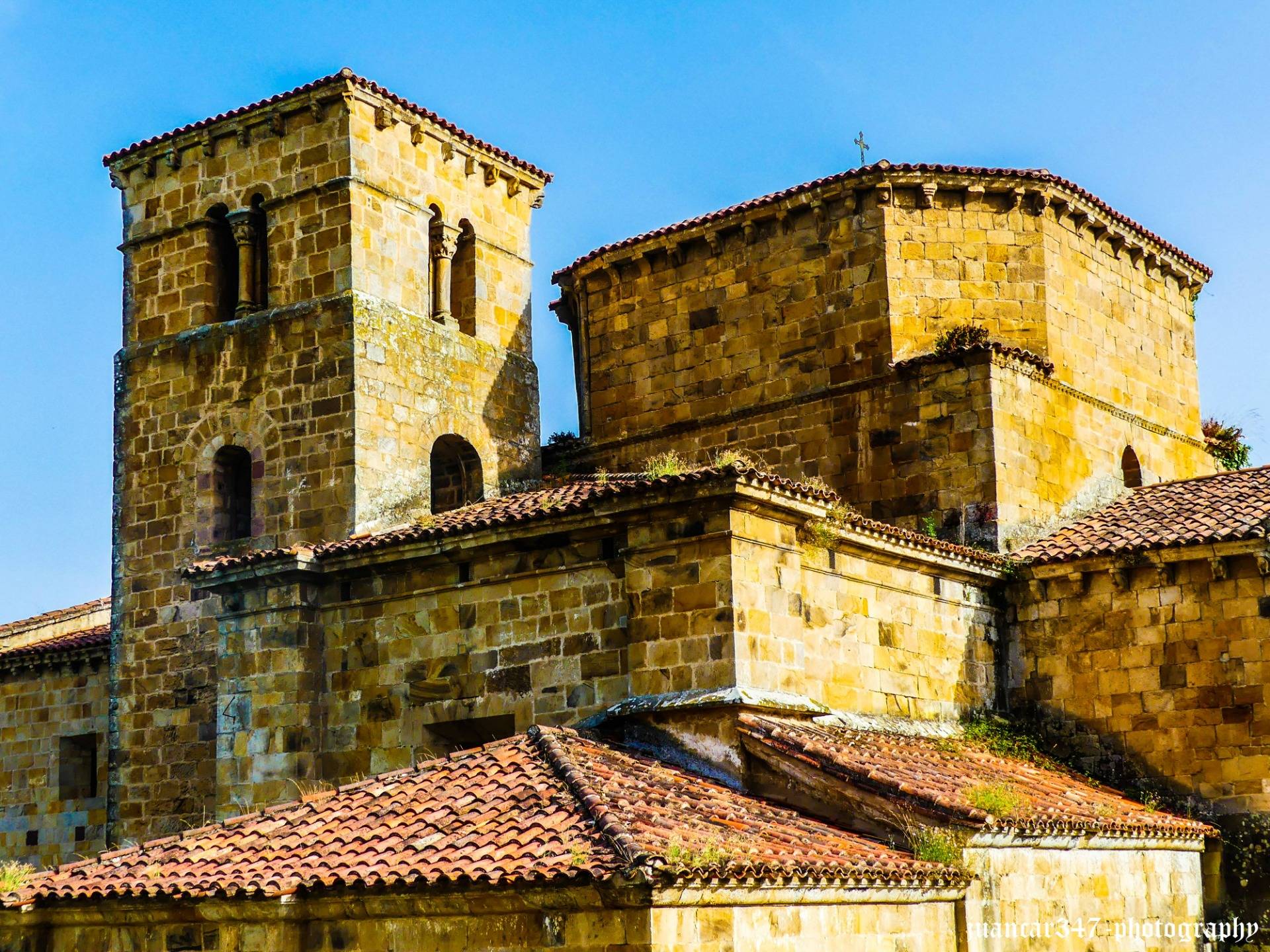
Also worth mentioning is the presence of two interesting Marian images, with Romanesque-Gothic connotations, such as the Virgin of the Apple - an invocation that refers us to the birth of Christ as repairer of Original Sin - and the Virgin of the Rosary - an invocation that It also recalls the requests of the Virgin in numerous modern apparitions, such as the case of Fatima - the latter, located in the chapel where the small fragment of the Lignum Crucis was originally kept.
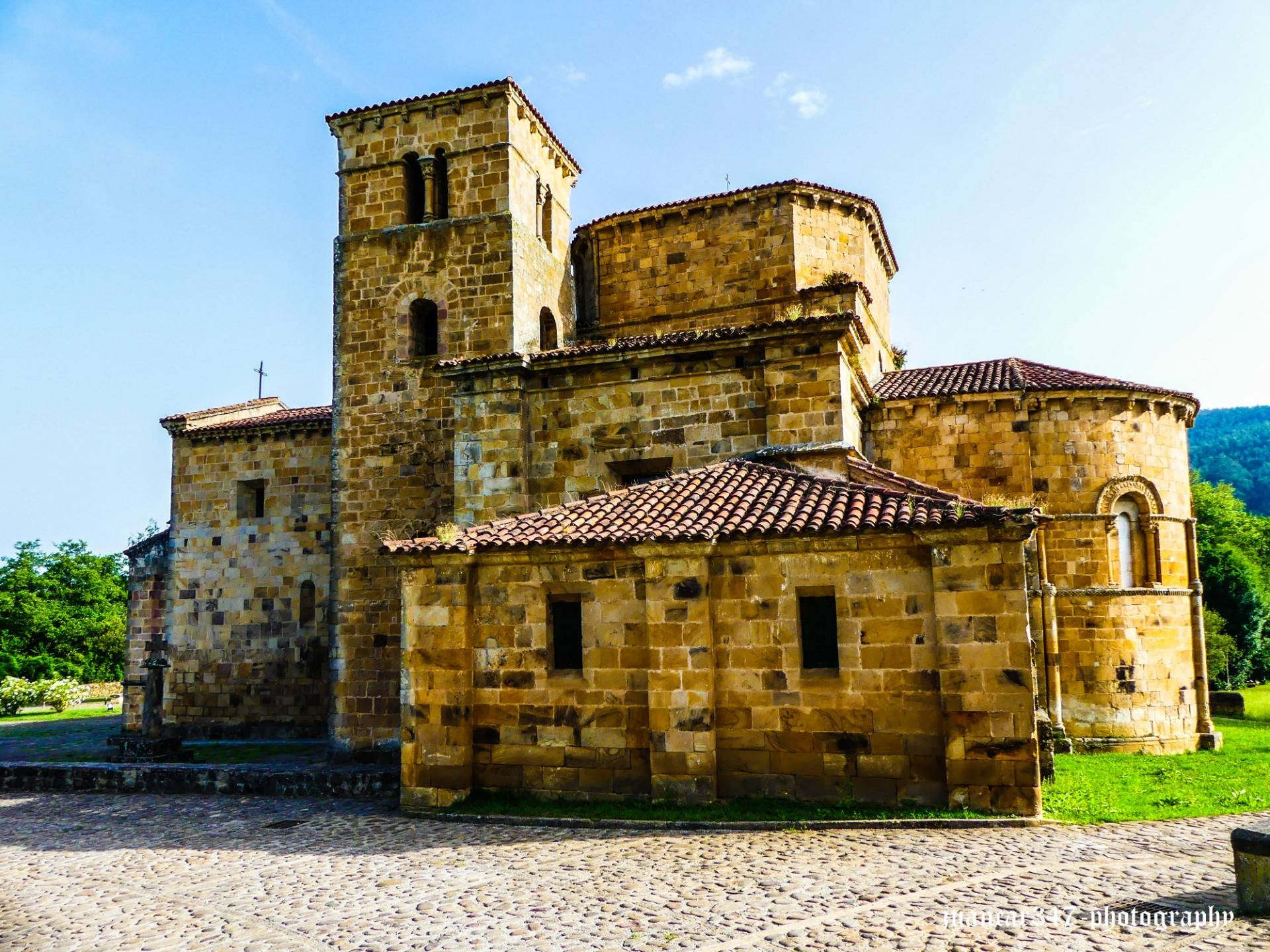
And of course, a marvel of Gothic art, such as the Calvary that presides over the head of the church, with the figures of the Virgin Mary and Saint John the Evangelist on either side of Christ on the Cross.
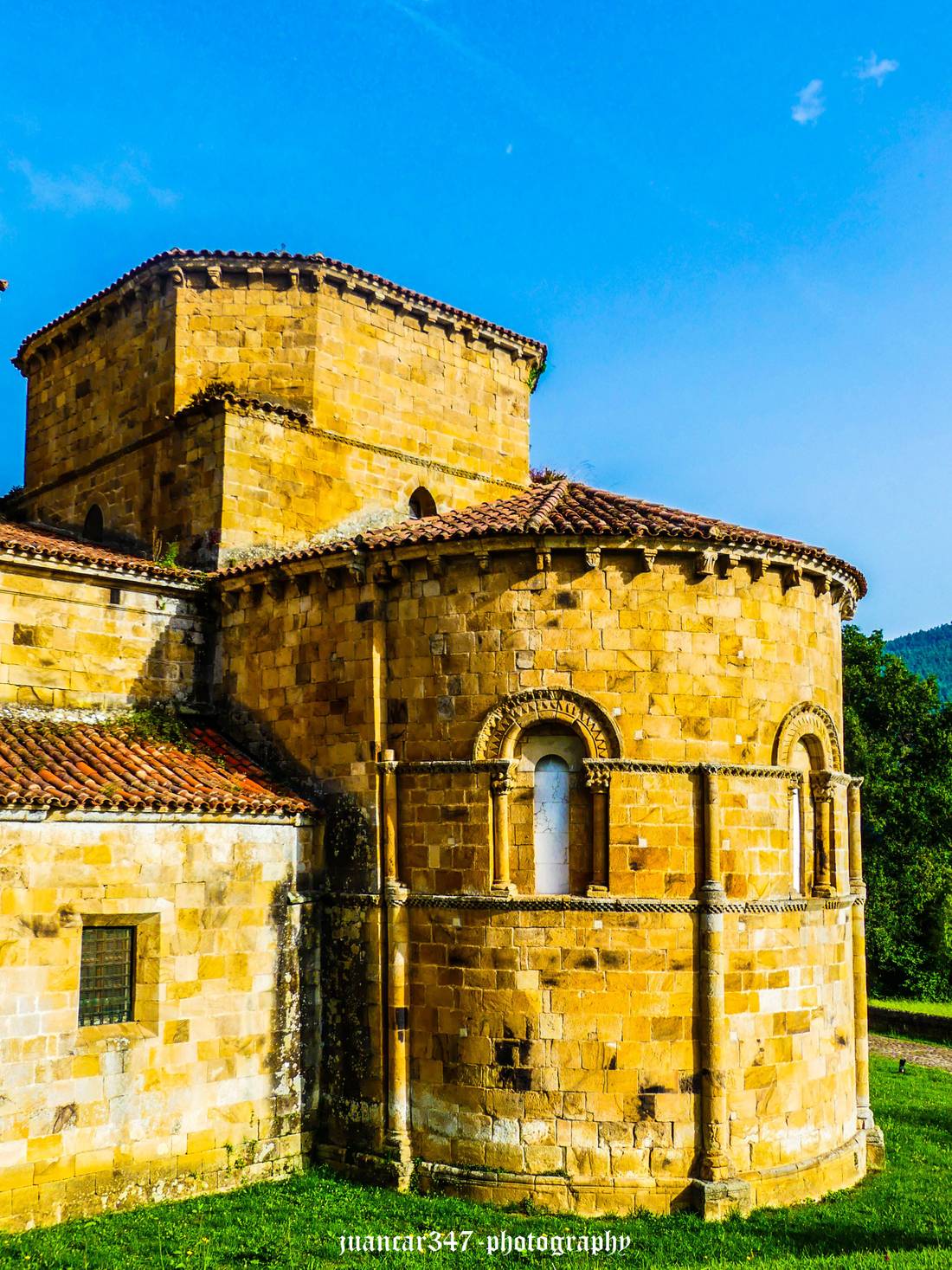
NOTICE: Both the text and the photographs that accompany it, as well as the video that illustrates it, are my exclusive intellectual property and, therefore, are subject to my Copyright.
RELATED MOVIE:
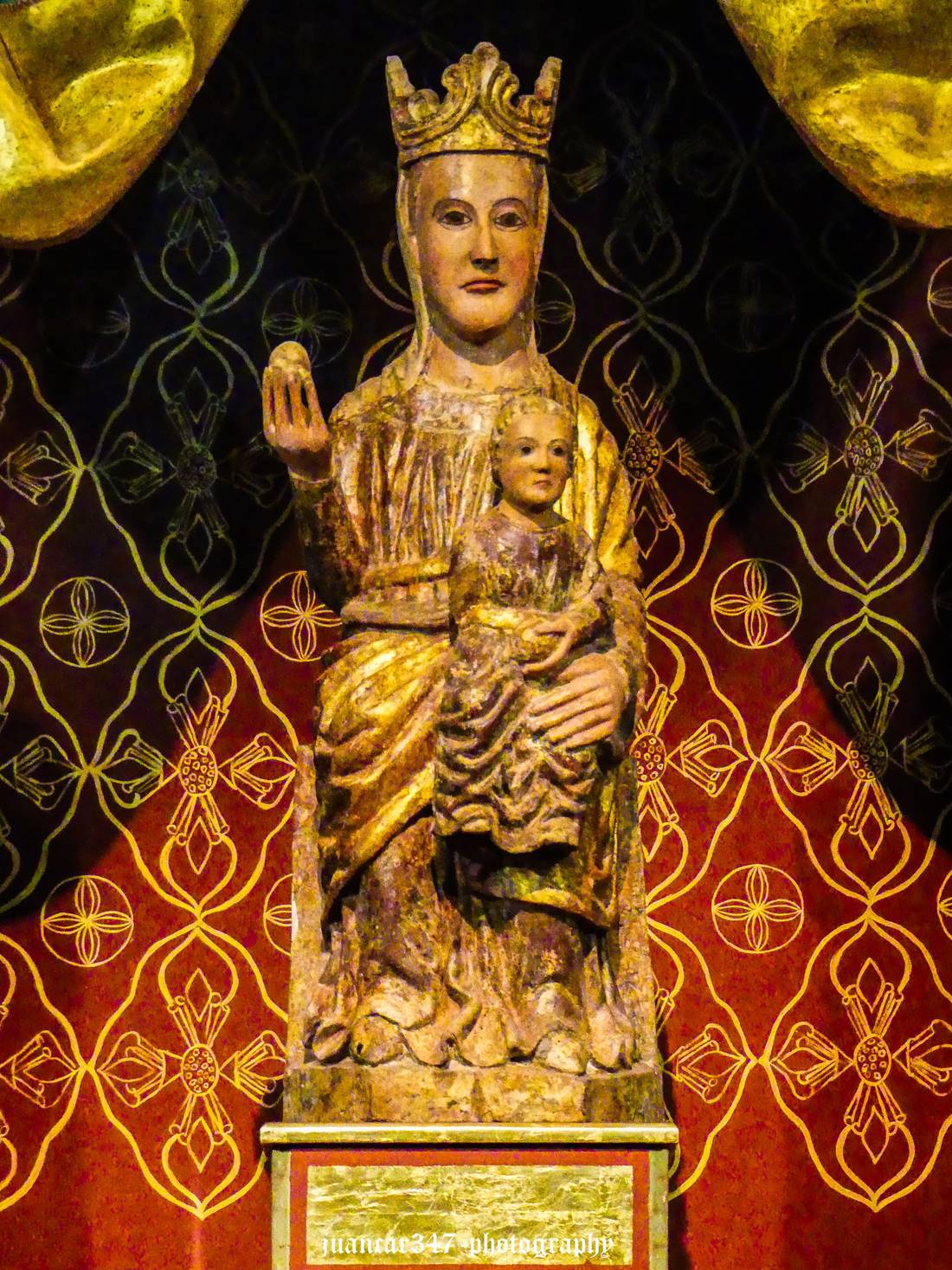
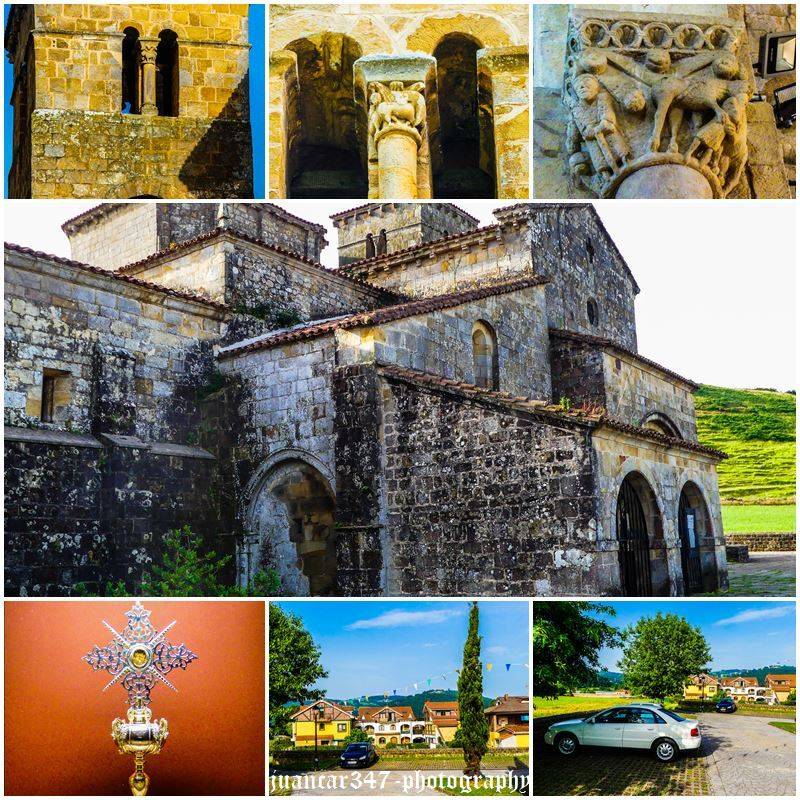
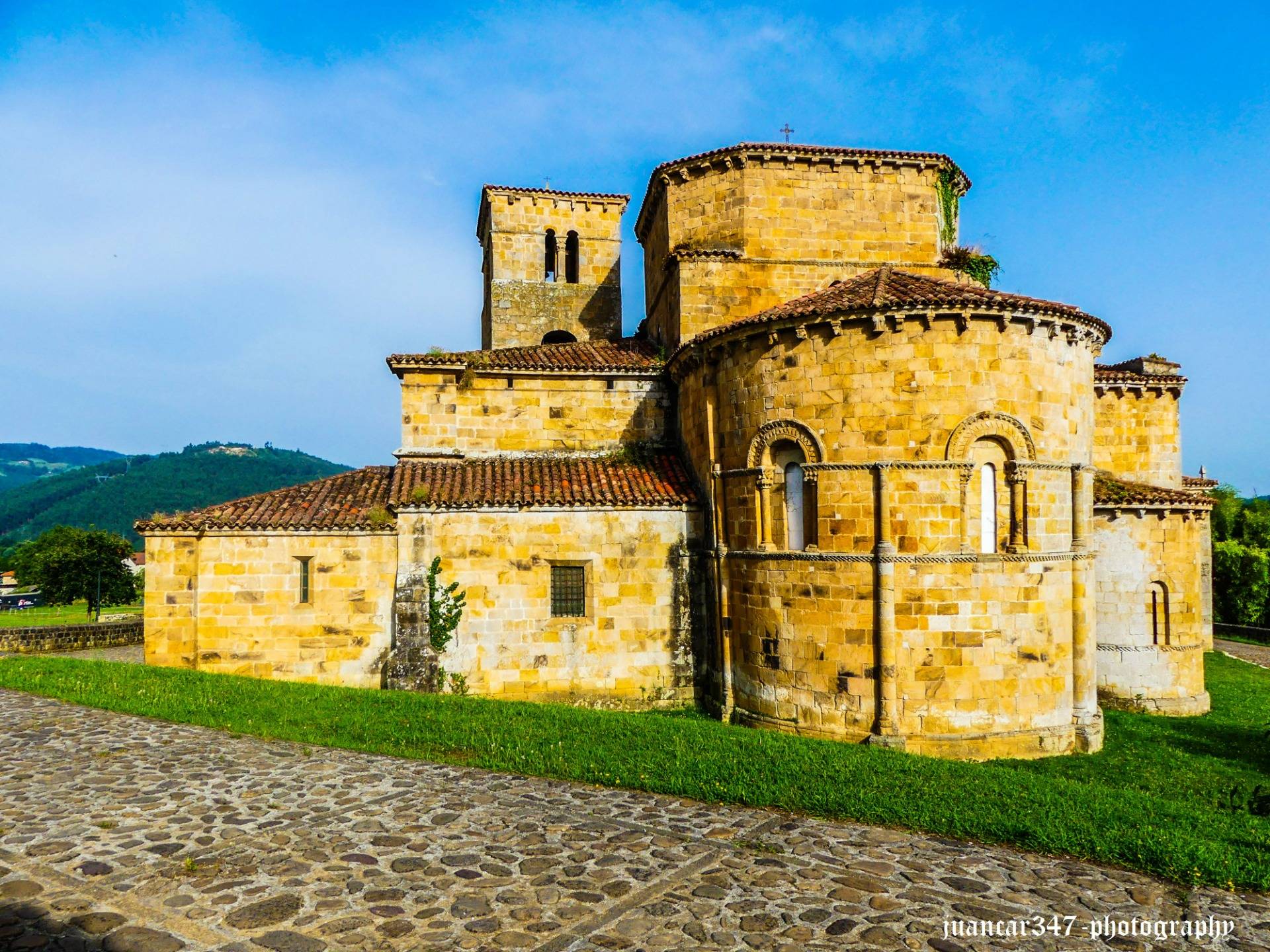
 Castañeda
Castañeda